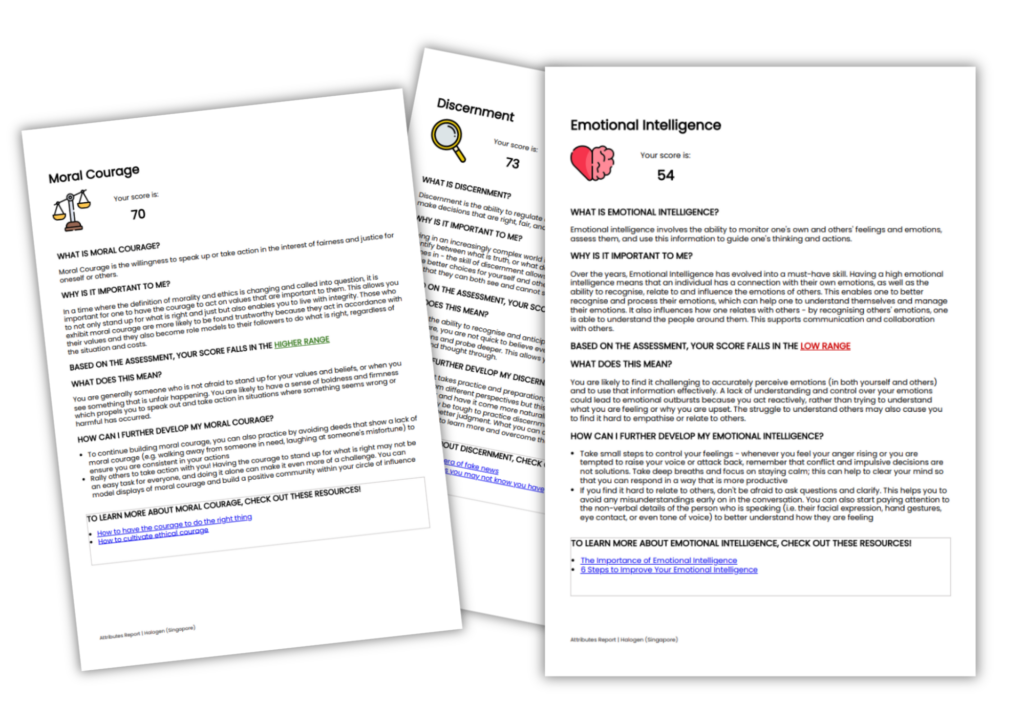Want to never worry about money ever again?
Three words:
Land. More. Clients.
It’s easy, right?
Not exactly. If you don’t have the right approach or aren’t a recognized authority in your niche, you’ll find that building authority and landing new clients is one of the hardest parts of running your business.
But when you get it right, you really won’t have to worry about where your next paycheck is coming from. Just ask the conflict resolution coaches from Resologics. They pay for their marketing efforts with two clients per year… and they win about 700.
In this article, we’ll look at four simple steps that you can use to build your coaching authority and start landing clients.
Step #1: Master social proof
Your first goal should be to master the art of building and leveraging social proof.
What is social proof?
It’s any kind of positive indicator, review, or rating, that is outside of your control.
You can display it directly on your site in the form of reviews like Track-POD, a delivery route planner, does:
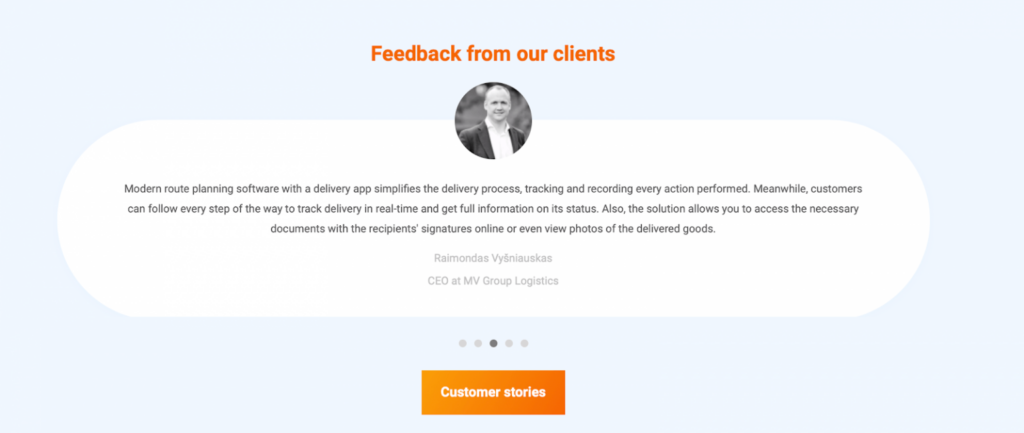
The most recognizable version of social proof is the star review system (shown below), but modern web users aren’t afraid to look elsewhere.
You may be skeptical, but social proof works. 87% of shoppers say that they start a purchase exclusively online. People who see referrals are 71% more likely to buy. The math just works.
In fact, you’ve probably already seen and used social proof in your decision-making. These days, most websites have sections on their website (or even their homepage) dedicated to sharing customer testimonials, like SwagBucks is doing:
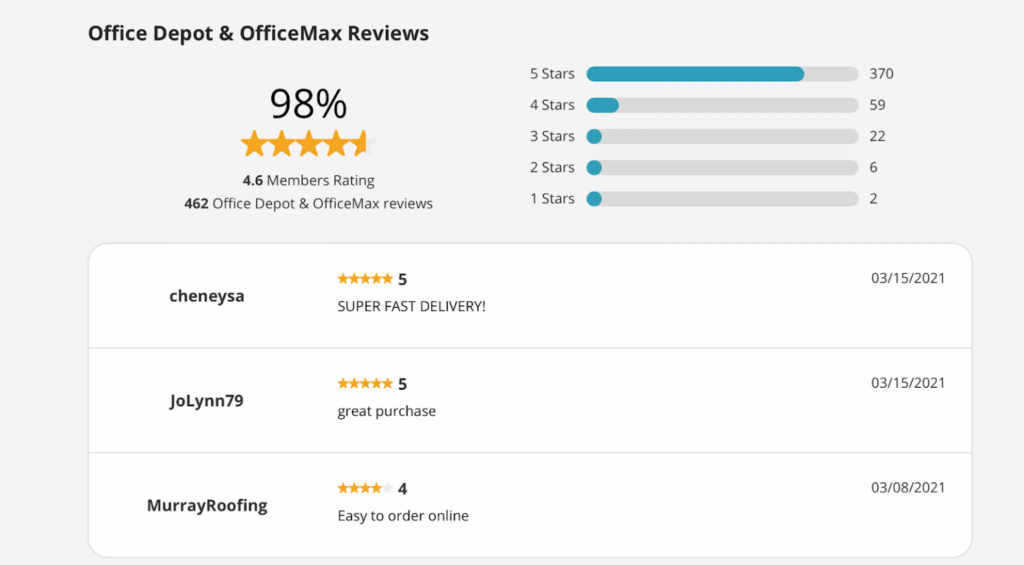
So how do you build social proof?
You have to start with success, and if you’re already coaching, you likely have some success stories from past clients. Those stories are the seeds of social proof.
If you ask your clients to share those stories online and they do, you’ve successfully built social proof. Promote it online to influence future clients.
And don’t limit your efforts to one format. Video testimonials can be an effective way to create your social proof as shareable content in addition to text reviews. You can even ask customers to create their own video testimonials to share; a practice called User Generated Content (UGC).
Another format of social proof can even improve your search engine rankings — backlinks. Backlinks are Google’s version of social proof, but for your website.
Google essentially assesses how many websites are pointing to yours, those websites’ quality, and the pages on your site they link to.
All of that information then factors into an algorithm used to determine the authority of your website. High-quality links (just like 5-star reviews) are essential.
Again, you may be skeptical: “Why are backlinks important? Are they really going to help my brand?”
Yes. It can impact your brand in a major way because 95% of websites today have zero backlinks pointing to them.

So by focusing on building backlinks, you’re cashing in on a strategy that 95% of the internet ignores.
In Google’s view, it’s a crucial “social” way to see what others think of your website. If you can improve the backlinks to your site, you’ll be ahead of the curve with social proof.
Step #2: Offer free value
Social proof is a start, but you have to find a way to continue pulling potential clients in for interaction. If there’s no low-risk reason to engage, you risk prospects falling off.
The solution here is to provide something of value that keeps prospects interested in you and your coaching and more inclined to sign a coaching contract with you.
There are various ways to do this, but we’ll focus on ideas that build your online presence.
Your primary goal here is to make your name, face, and brand recognizable in your industry.
How do you accomplish this?
Provide value through the content you create.

So creating good content is key.

For coaches, there are two approaches to capitalizing on these groups.
The first is to create a group of your own and start offering membership to engaged customers and clients. Let them interact and stand ready to help (or close a deal).
The second is to join pre-existing Facebook Groups and interact with others as a user. Building your knowledge base and offering help to others builds recognition and can lead to deals in the long-term.
Either of these options is viable and can boost your ability to land more clients.
But before you get to step three, consider one more option: a value exchange.
Value exchanges are instances where you offer something for “free” — but in reality, your price is their contact information. A simple example of this is an emailing list subscription. This is something that EarlyBird, a financial gifting platform for children excels at:
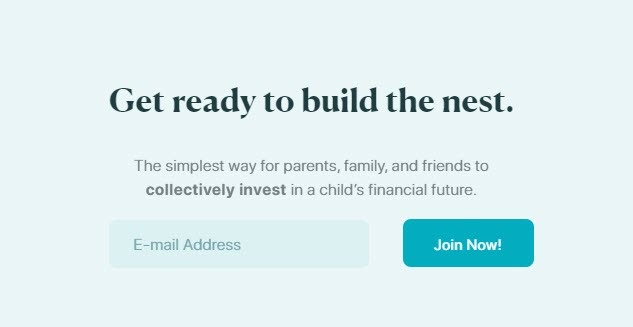
Other good ideas include ebooks, a free trial, early access to a deal, or a discount:
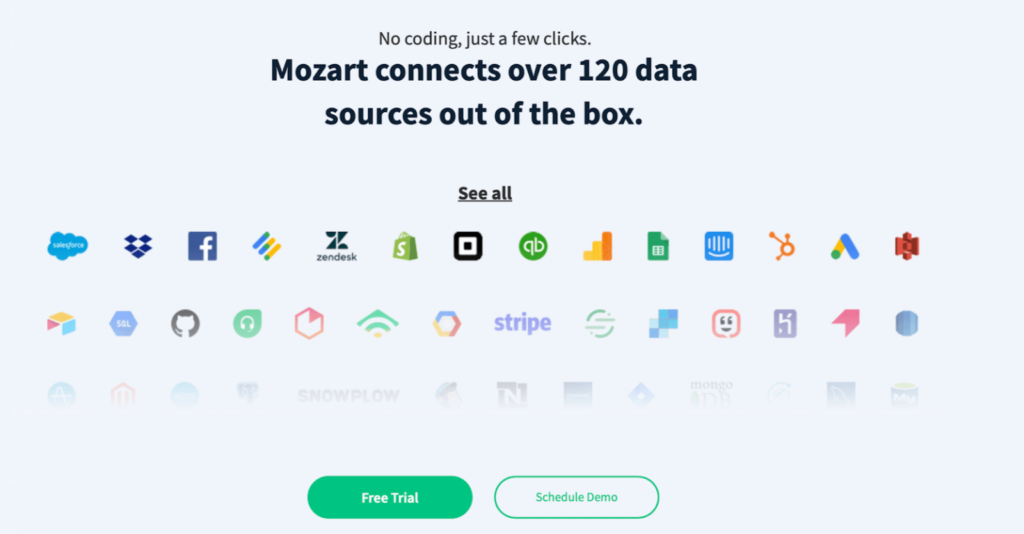
We’ve even seen coaches offer a basic, form-based assessment in exchange for contact information:
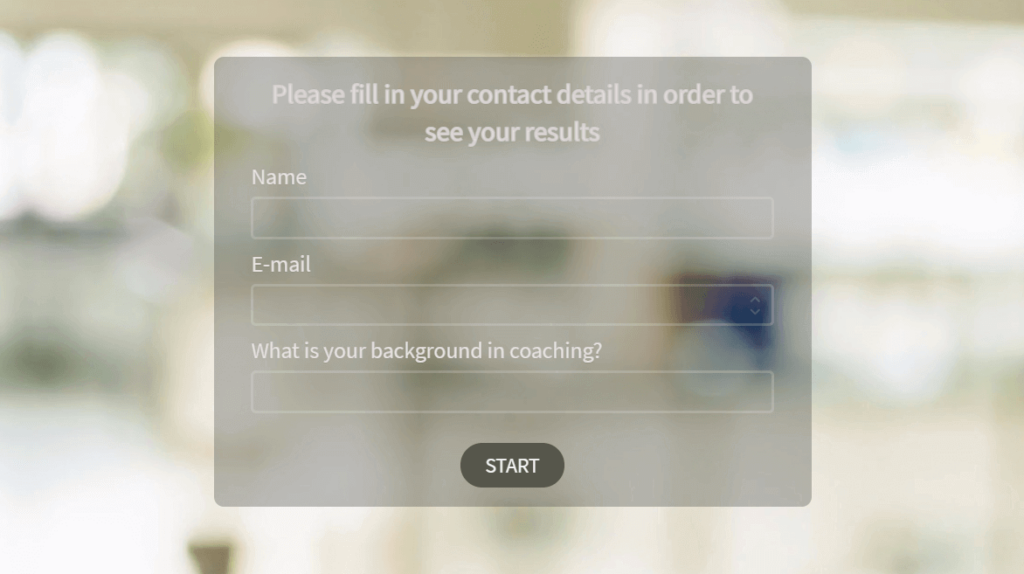
All of these methods have one thing in common: they build your list of leads. Over time, this list will likely yield customers, but there’s still some work to do.
Step #3: Start HARO quote building
Long-term success requires long-term thinking, which is what HARO focuses on.
If you’re not familiar, HARO stands for Help A Reporter Out. It’s a method of compiling quotes and insights for journalists that makes it easy for someone researching your industry to find a quote and inform their work.
In other words, it’s a potentially valuable source of publicity for your brand.
If a major news outlet picks up your quote, it can be a significant win. And that’s not to mention it can lead to backlinks, which circles back to the earlier step.
How do you participate? By signing up. While websites have started compiling HARO-esque articles and quotes, CISION offers HARO as a service.

Register with a HARO resource to start searching for areas where you can contribute. With more than 800,000 sources and 55,000 journalists connected, you’ll find there are plenty of opportunities to share your expertise.
Step #4: Master your sales pipeline and process
Finally, you need to ensure that your sales process allows you to capitalize on the leads you’ve built. You’re probably familiar with the idea of mapping out the stages of your sales process, which is what you should do.

Process everything out, from discovery to close.
This includes:
- Deciding on a business model that works
- Focusing on your unique selling proposition
- Managing your schedule effectively
- Automate and outsource prospecting to VAs
- Set up a pricing schedule
- Establishing lead generation
- Deploying affiliate marketing management tools
- Work to keep your model agile
When all of the steps come together, you’ll have a well-oiled machine that generates leads for your coaching business, warms them up, and positions them for the close.
It’s not foolproof, but it’s a recipe that leads to long-term success. We’ve covered the process in-depth here, so check it out to learn more about this crucial final step.
Conclusion
You may not get your marketing budget back in two clients, but you can still turn a significant profit with the right tactics in place. It will take time, but it’s worth the effort.
For instance, Chief Development Officer of StuDocu, Rasmus Wolff, uses interactive assessments for his business and deems it a smart investment.
The key takeaway is simple: find a way to utilize your digital networking abilities to generate leads for your coaching business.

